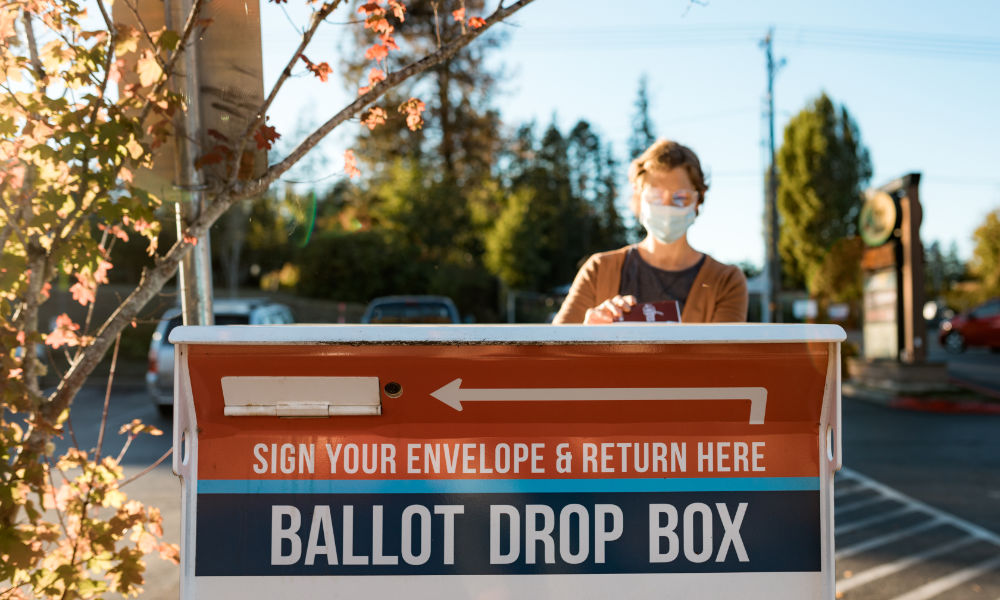2020 Election

In the 2020 election, many people did not accept the outcome that Joseph Biden beat President Donald Trump. President Trump refused to acknowledge his loss and he used social media, rallies and lawsuits to try to prove the election was stolen in a broad conspiracy to elect Biden. There was virtually no evidence of fraud but the election highlights these issues for how the country should deal with problems of social media and misinformation:
Former President Donald Trump's assaults on democratic ideals date back to before he even formally held the office, when he attempted to undermine public trust in the news media during the 2016 election. He attacked the authority of the press as an arbiter of the truth in order to claim authority over the truth for himself. In effect, he can convince his supporters of anything and everything, chief of which is that the “rigged” election has denied them of their rights. The storming of the capitol is the manifestation of years of convincing lies. See our timeline of Trump's lies about elections and democracy.
- How did Trump attempt to undermine the democratic process of the 2020 election?
- What happened in Trump's phone call with Georgia's Secretary of State?
- How has Trump promoted conspiracy theories and unreliable news sources to his followers?
Social media platforms and tech companies are developing tougher user policies and methods for detecting and removing fake accounts and misleading or false information ahead of the 2020 election.
Facebook and Twitter’s CEOs are at odds as to what role its platforms should play in our politics, and have differed as to what free speech and First Amendment rights and protections should look like online. Learn what Twitter and Facebook are doing to combat misinformation online.
- What are social media giants doing to protect users from fake news and other online threats?
- What restrictions will be in place for online political advertising?
- Should social media companies be held legally responsible for fake news and damaging misinformation that is posted to their platform?
Russian government hackers are behind a broad espionage campaign that has compromised U.S. agencies, including Treasury and Commerce.
Hackers "Cozy Bear" and "APT29" are behind a long-term breach of the United States' Treasury and Commerce departments. These hackers were instrumental in the State Department hack and White House email server hack in 2015. These hackers also infiltrated the DNC email servers in 2015 and 2016, along with the military spy agency GRU. The National Security Council was called to an emergency meeting on December 14th, 2020 to address the infiltration. Learn more about Russian and Iranian interference in the 2020 election.
- How do foreign governments use social media to attempt to interfere in United States elections?
- What is information laundering, and how does it aid the spread of fake news and misinformation?
- Learn about the Great Twitter Hack of 2020, where a 17-year-old scammed $110,000 in minutes
QAnon started as a far-right fringe conspiracy theory on the anonymous internet forum 4chan, but is now a growing cult-like movement threatening to infiltrate mainstream political discourse.
A more problematic outgrowth of the QAnon movement that seeks to wage information warfare during American elections to the benefit of the far-right is taking root across social media platforms. Learn about QAnon and its impact on the 2020 election.
- What are domestic disinformation campaigns, and how have they attempted to influence the 2020 election?
- How are memes and hashtags used to weaponize social media and spread misinformation?
- Learn about the Great Meme War of 2020, and how it promoted dangerous conspiracy theories.